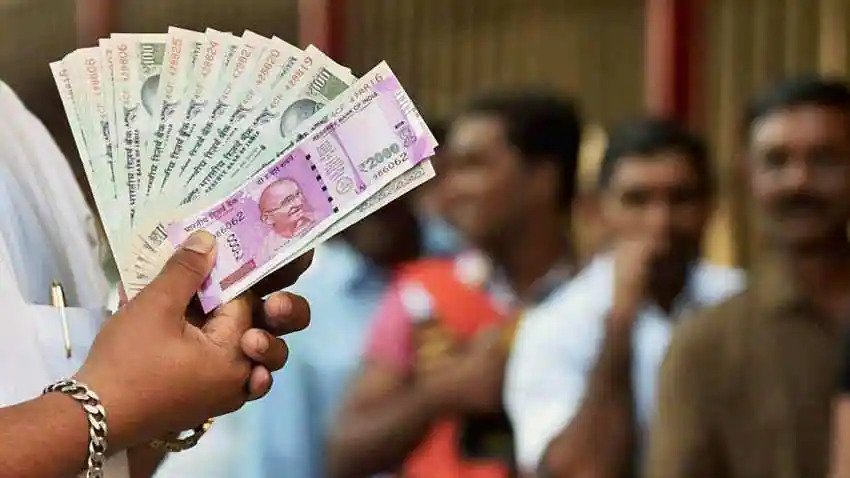
States are rushing to abandon NPS; fiscal hara-kiri, says SBI report

Chhattisgarh has followed Rajasthan in going back to the old pension scheme, called pay-as-you-go (PAYG) pension, opting out of the new pension scheme (NPS).
A State Bank of India (SBI) report warns states against reverting to PAYG, terming it as a step equivalent to committing a “fiscal hara-kiri”, a suicidal act.
The SBI report says that the decision to return to the old pension system sounds like a good political statement aimed at attracting voters but a bad decision for any state’s financial health.
“We should not commit fiscal hara-kiri in the quest for populism. Otherwise it will be disastrous for the country’s growth potential and at the same time place a higher burden on our younger generation!” says the report authored by SBI Group Chief Economic Adviser Soumya Kanti Ghosh.
What is the problem with the old pension scheme?
Just like India, several countries in the world had the PAYG scheme in force before the 90s. The plan, however, went out of favour gradually because of the challenges of dealing with pension debt sustainability, an ageing population, mounting liabilities on coming generations, and the incentive for early retirement, says the SBI report. PAYG turned out to be a burden on the economy because it had no accumulated funds and or stock of savings for pension liabilities.
By 2004, all states voluntarily shifted to the new pension scheme with an exception of West Bengal and Tamil Nadu.
As per the New Pension Scheme (NPS), the employer’s contribution for both Union government employees as well as state employees will be 14 per cent of salary while employees will commit 10 per cent to it.
The SBI note pointed out that going back to PAYG will be a fiscally inappropriate decision. Suppose all states move to the old pension scheme, and entry-level age of employees is 28 with a 5% inflation indexation, then the current present value of the implicit pension liabilities works out to 13% of GDP, discounted by the current government securities yield on 40-year securities.
The SBI report states that the government finds it easy to be generous with offering benefits for a young population, but as the population ages it becomes a financial liability (in terms of a pension debt).
Also read: Tighten norms for cryptocurrency taxation, says Finance Ministry
Additionally, India’s demography is changing with declining fertility, which means an ageing population, which is mostly concentrated in the south of India with a good number of youngsters in the northern states.
As per the report, by the year 2050, India’s population will be 164 crore, of which 32 crore will be of age 60 years and above. By 2036, India’s old-age dependency ratio which is the number of persons 60 years and above per 100 persons of 15 to 59 years age is expected to touch 23%. This is much higher when compared to 16% at present. In short, higher financial liabilities for the productive or working population.
Politics behind the decision
The SBI report suggested that states look beyond politics when deciding on going back to the old pension scheme. It says that doing so would mean states will be stuck with pension debts for a long period of time. The CAGR in pension liabilities for the 12 year period ended FY22 was at 34%, the report added.
Not just Rajasthan and Chhattisgarh, several other states too are preparing to do away with the NPS with a clear aim to woo voters. But there will be a price!


